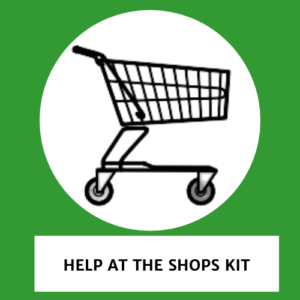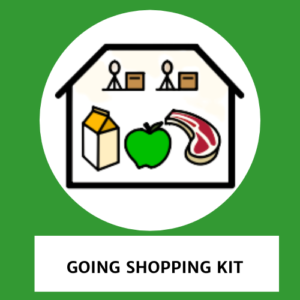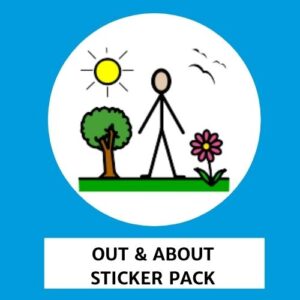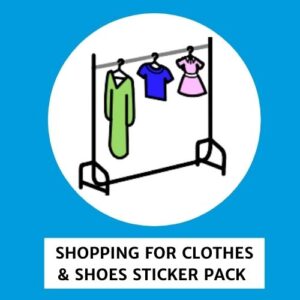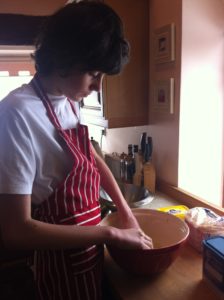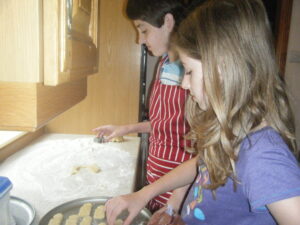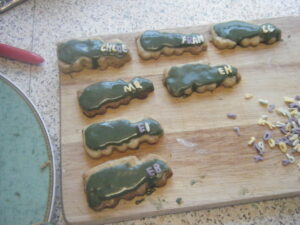
Set your child up well for later life by by helping them learn a life skill such as household chores when they’re young (and eager!).
Children learn how to look after themselves and their home and become familiar with concepts such as teamwork and the discipline of routine. Household chores can also be a way to improve self-worth and encourage independence for the future.
We all like the feeling that we can help! Make use of the increased shared time we are having together at the moment and give your child a sense of pride and accomplishment at being able to contribute and enjoy some time with you.
TomTag is an ideal tool for teaching a life skill such as household chores. Here’s some ideas from our Help at Home kit of how you might use it :-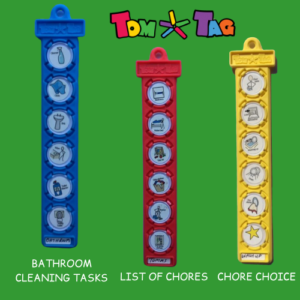
- Use a set of tags to give step-by-step instructions for cleaning different rooms in the house.
- Label a tag with the name of each child and list the chores they need to complete that day/week.
- List the jobs you want completing on separate tags. Let each child pick a tag out of a hat to find out what their task is.
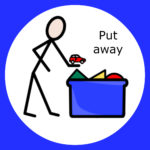 Start them young
Start them young
Building good habits from an early age always makes things easier in the long run. Children as young as 2 years old can pick up their own toys, put dirty clothes in a washing basket and wield a duster.
 Make it fun
Make it fun
Turning tasks into a game always makes things more fun. Turn the radio up and dance while hoovering, shout out colour names when sorting laundry or let kids compete to be the first to tidy their room (to your standard!).
 The right chores
The right chores
This will naturally depend on your child’s age and developmental level. You’ll find plenty of guides online but you’re the best judge of what your child’s ready for. Watering plants is always a favourite in our house. Who doesn’t like pouring water! Build up gradually to the more difficult tasks so they don’t get frustrated if they can’t complete the task independently. Our Pinterest Household Chores board has lots of ideas for age-appropriate chores.
 A family affair
A family affair
Set a good example by making sure that everyone helps out – in an age-appropriate way. If you child is old enough, involve them in a family discussion to decide who should do what around the house. Offer options so that children can choose the jobs they prefer. If no-one wants to do a particular task (such as cleaning the toilet!), use a rota system so that everyone takes a turn.
 Praise and encouragement
Praise and encouragement
Don’t expect perfection, especially at first or if they are very young. Praise those things they did well and they’ll feel proud of what they got right and motivated to do the job again next time. Tell them how much it helped you and they’ll feel they are making an important contribution to the family.
 Reward
Reward
This will depend on your own family values and views but if you want to add an extra incentive, chores can be linked to giving pocket money or earning other treats. Use a blank sticker to add a £ button to each chore checklist, like this one for helping out at mealtimes and doing the dishes.
Resources

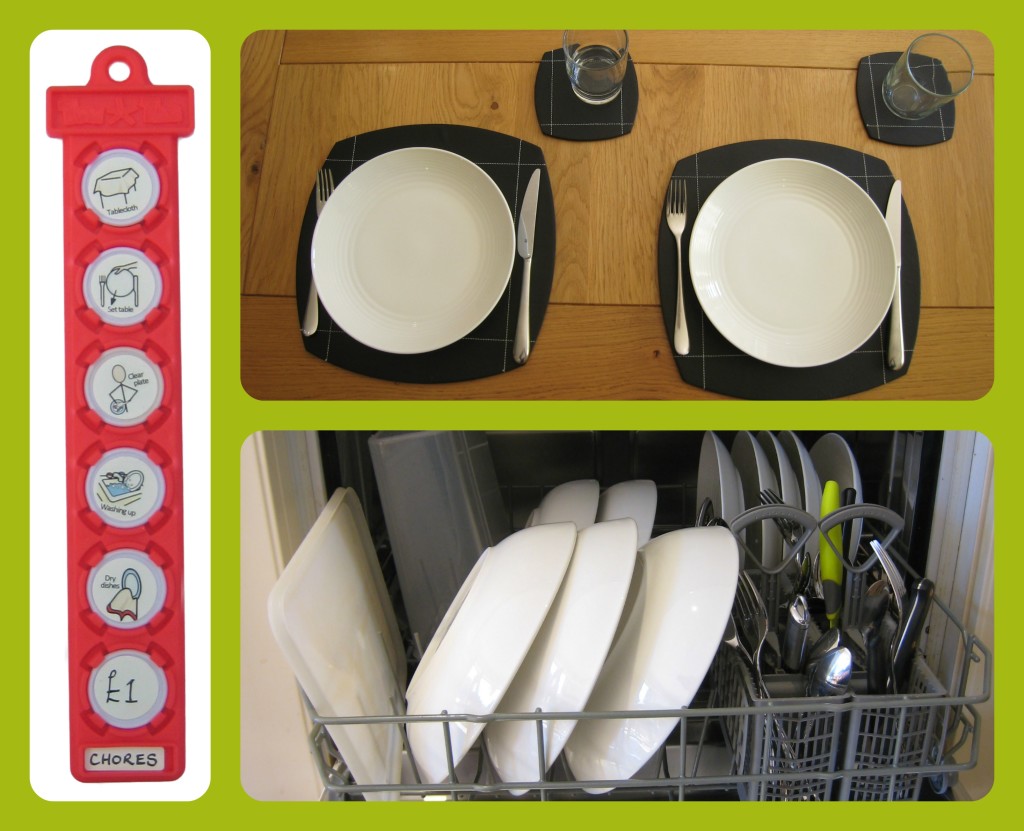

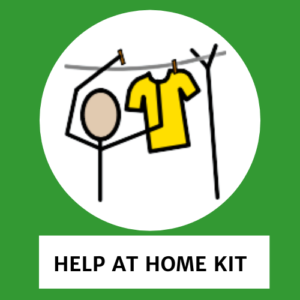

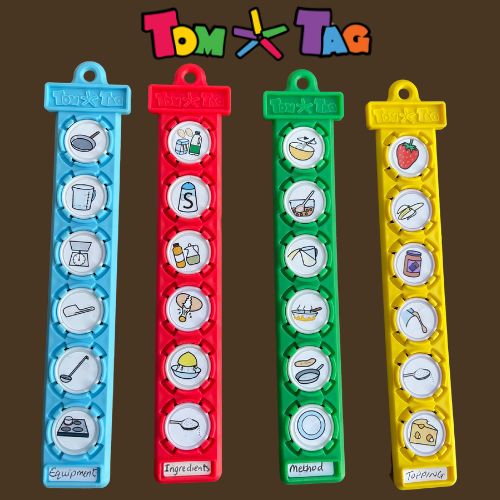
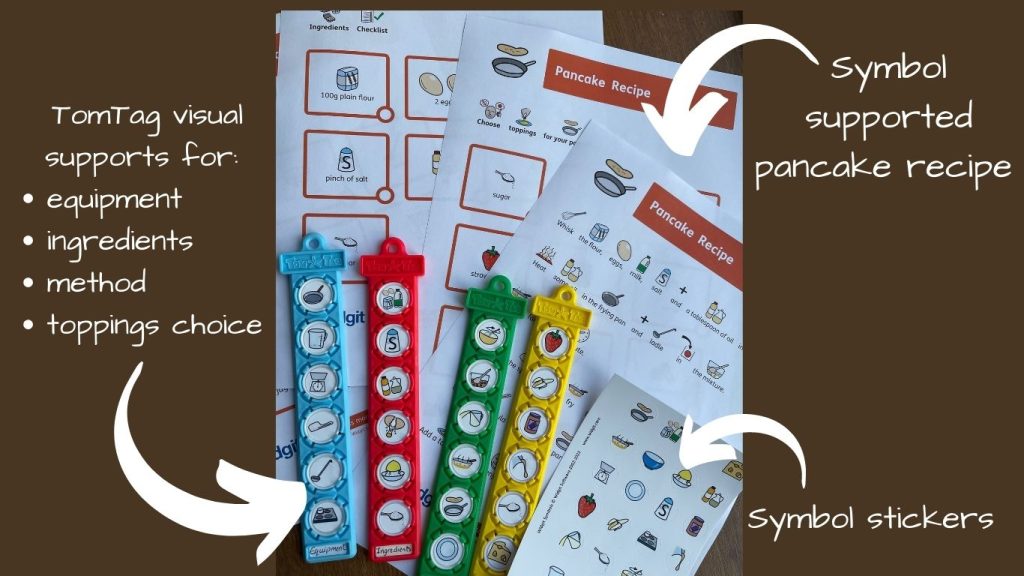
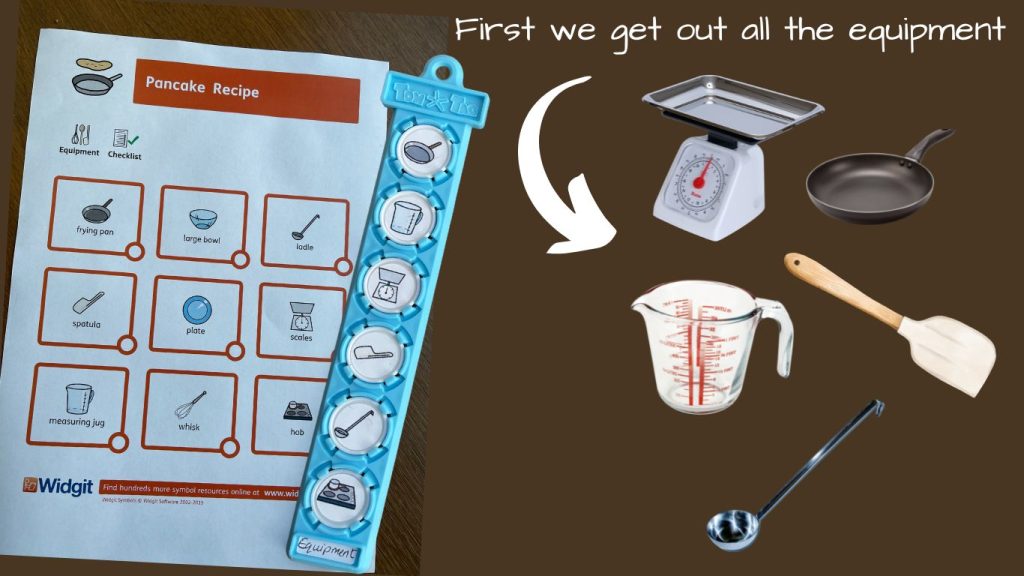
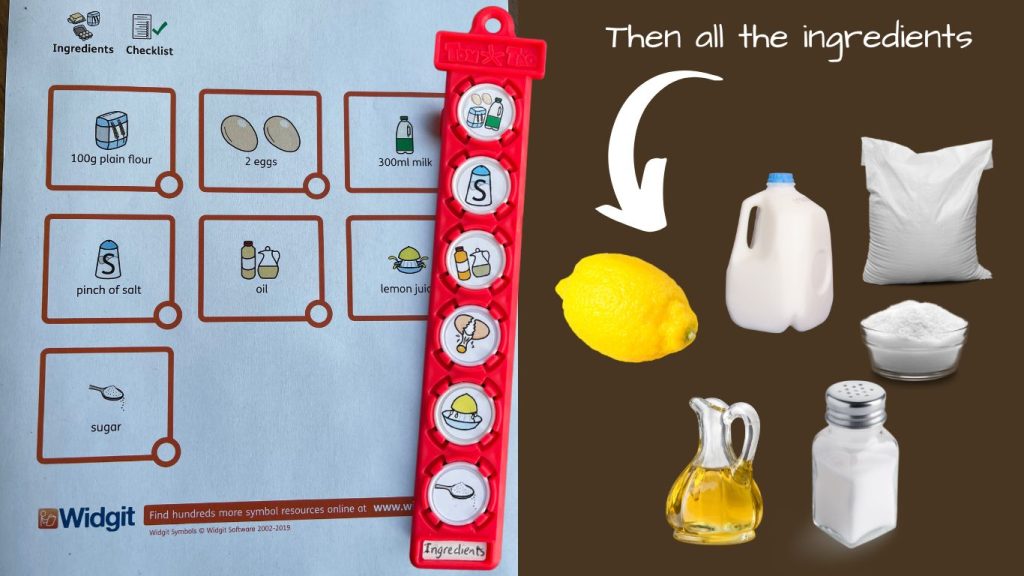
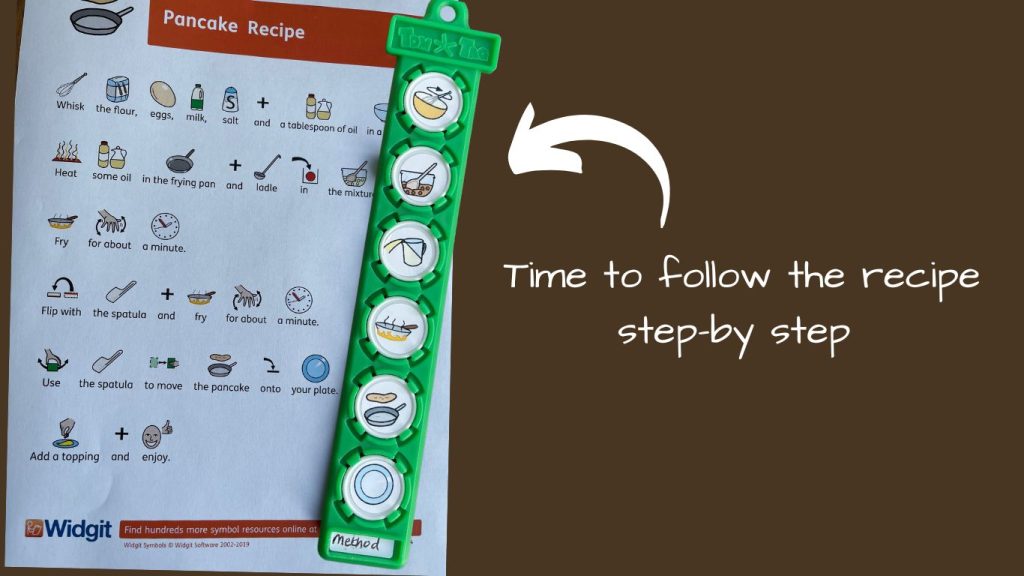
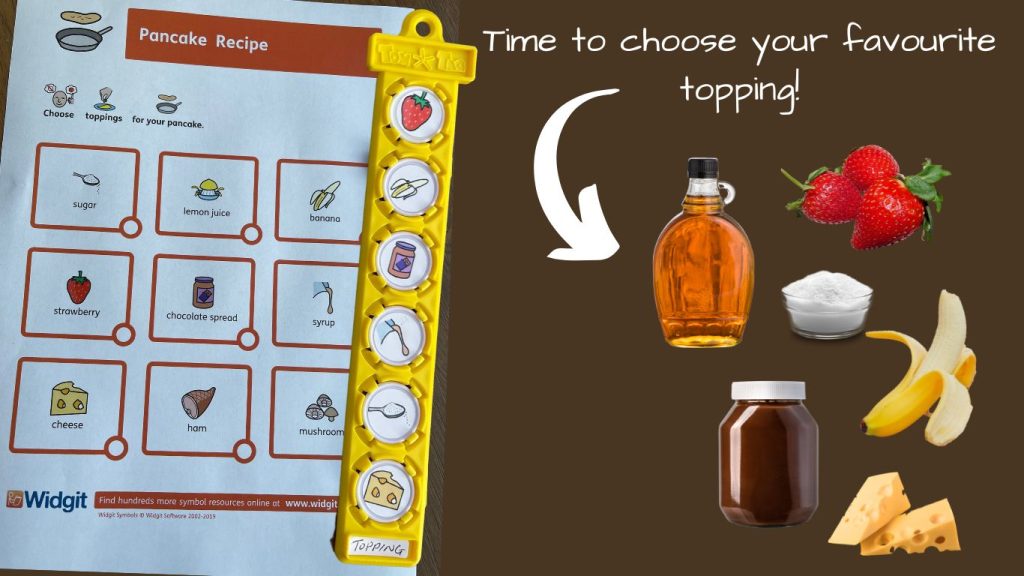
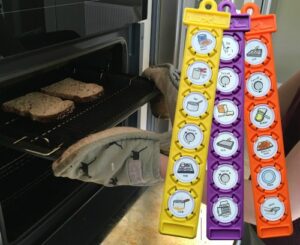

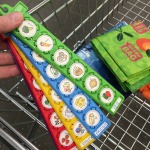
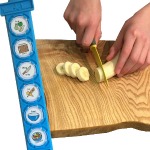
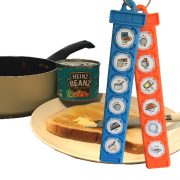

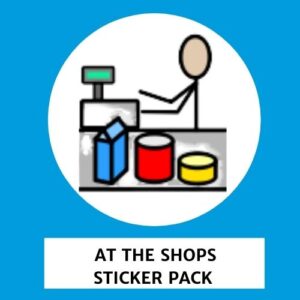
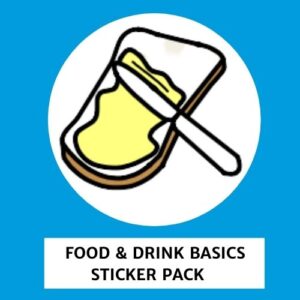
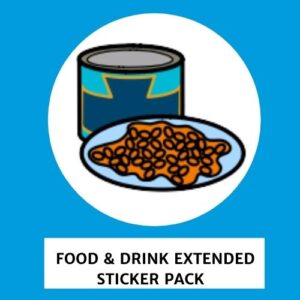

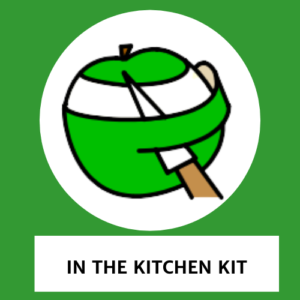
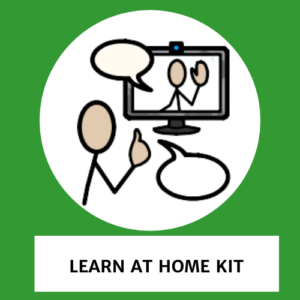

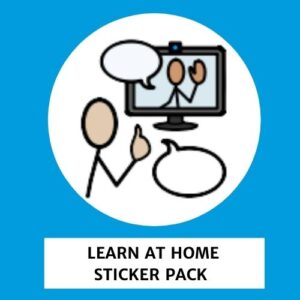
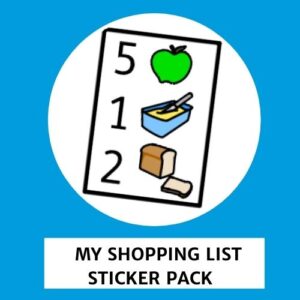
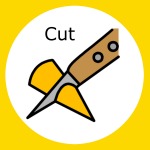
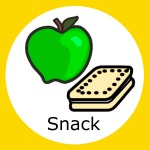


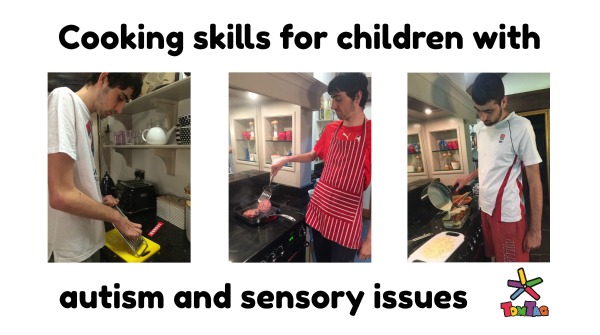
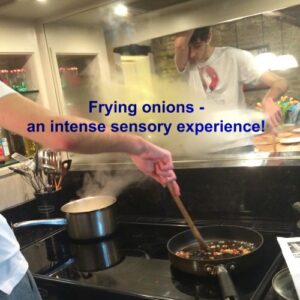
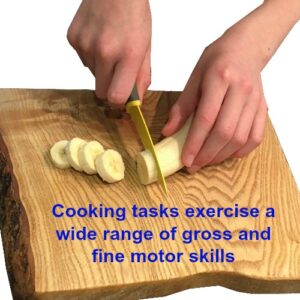
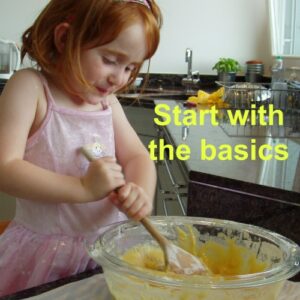
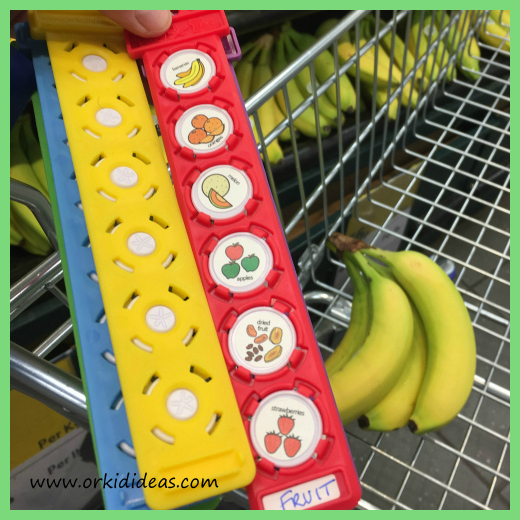
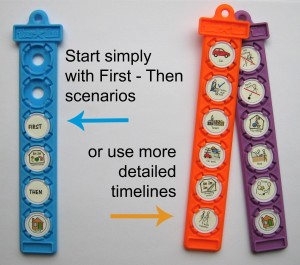

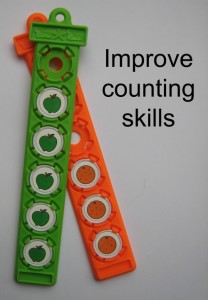
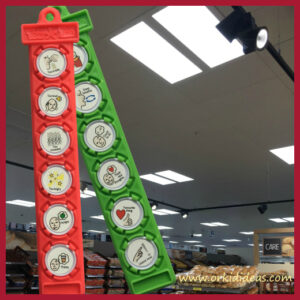
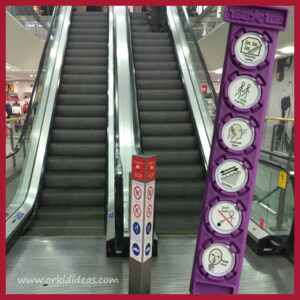
 Shopping for shoes and clothes with a child with autism can often be particularly difficult and require specific explanation of what to expect before you go.
Shopping for shoes and clothes with a child with autism can often be particularly difficult and require specific explanation of what to expect before you go.